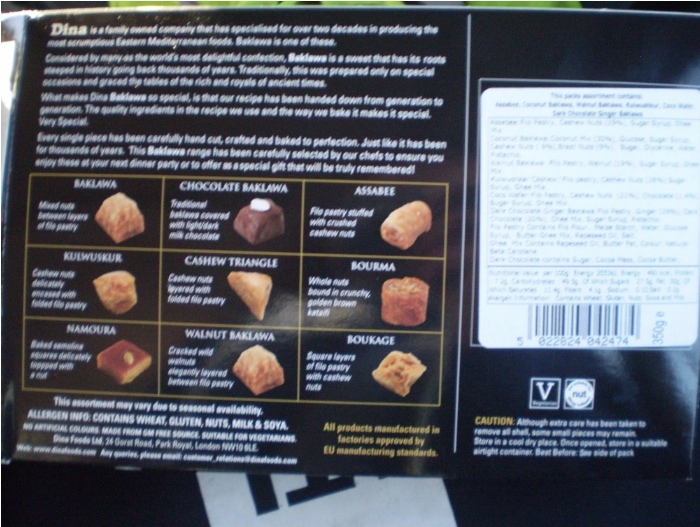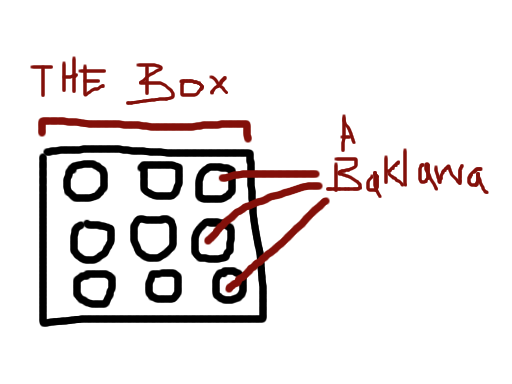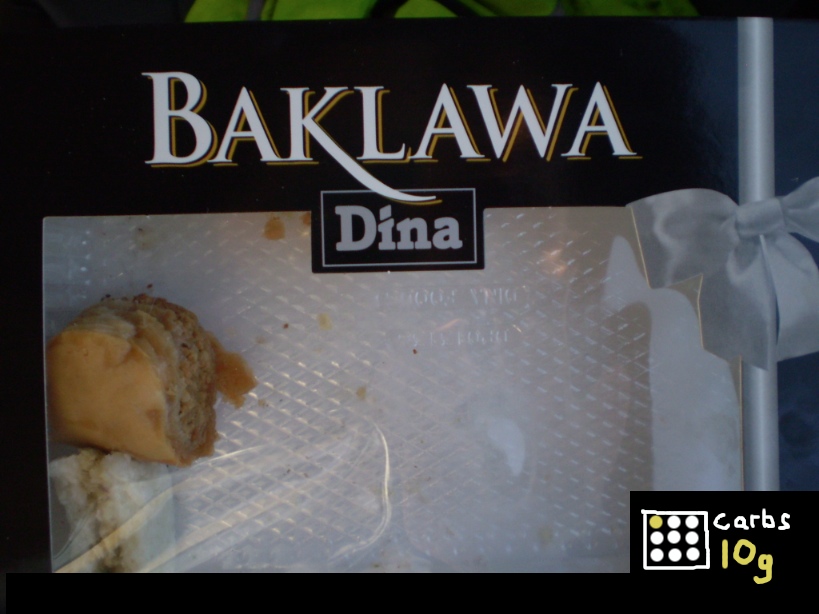I’m not sure I agree that a good designer ensures that the users of a design can figure out how it works (have an effective conceptual model) — rather they should ensure that it’s easy to have a conceptual model which is sufficient for the user to achieve their goal, and that more accurate information is available for tinkerers who want to have a better understanding.
Case in point: in order to use an electrical appliance, it’s enough to have an intuitive yet inaccurate conceptual model of plug sockets and electricity (“it flows from the hole down the tube to the appliance”). Only in order to build or otherwise tinker with such appliances is it necessary to know that the direction of the electricity changes 50-60 times a second.
Update: this was actually clarified later in the course





